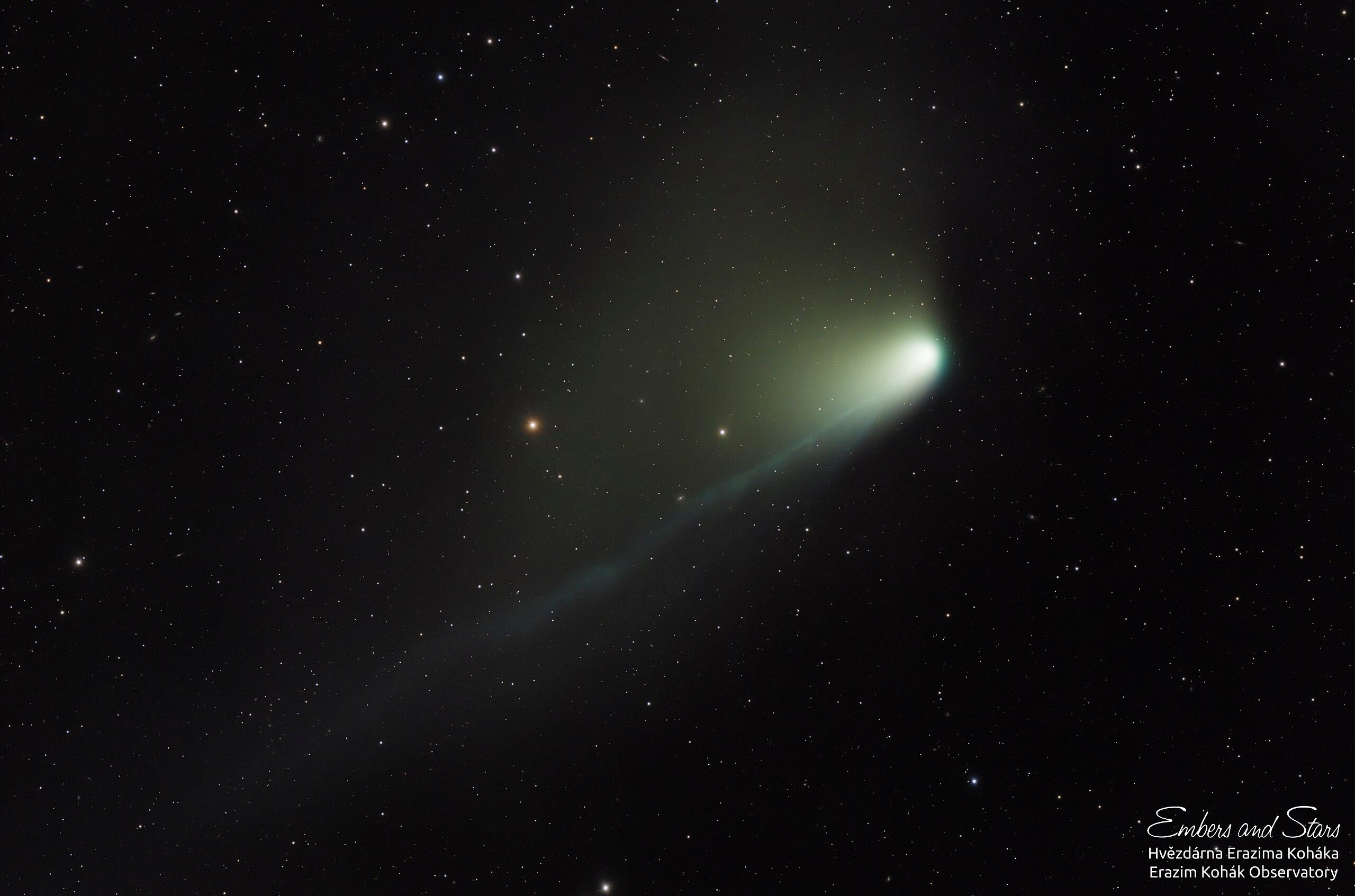In a new study published in the scientific journal Nature Ecology & Evolution, a group of researchers claim to have achieved this Reconstructing the ancestor responsible for allowing the evolution of all living organisms on Earthfrom plants to complex animals.
Known as the last universal common ancestor or LUCA (last universal common ancestor)This organism thrived billions of years ago in Earth’s past, at a time when no living species we know today existed, not even dinosaurs.
There is no physical evidence for LUCA; so far, scientists have not even been able to determine the approximate age of this ancestor. Some claim it emerged around 3.4 billion years ago, while others suggest it emerged early in the planet’s formation, around 4.5 billion years ago.
In an article published on the website SpeechThe authors of the study, scientists Edmund R. R. Moody and Sandra Álvarez-Carretero, explain that the scientific community has been working for decades to understand what LUCA is like. They used scientific methods to reconstruct the ancestral genome from genome samples of different bacterial and archaeal species; there were 700 genomes in total.
“To predict the physiology of LUCA, we first inferred an updated microbial phylogeny from 57 phylogenetic marker genes (see ‘Universal marker genes’ in Methods) in 700 genomes comprising 350 archaea and 350 bacteria. This tree agreed well with the recent phylogenies of the archaeal and bacterial domains of life,” explains the study.
The first living organism?
With this reconstruction, scientists were able to analyze LUCA’s metabolism as if it were alive. According to the research, LUCA was a complex organism with a small genome that likely evolved on Earth about 4.2 billion years ago. Despite the findings, researchers say there is still much to understand.
It is important to highlight two pieces of information: This is not the first time LUCA has been reconstructed, and scientists themselves say it will not be the last. LUCA was not the first life form on Earth, but the organism from which all living things emerged.
“Our results show that LUCA is an anaerobic acetogen at the prokaryotic level with an early immune system. Although LUCA is sometimes perceived as living in isolation, we conclude that LUCA is part of an established ecological system. LUCA metabolism could provide a place for other members of the community “Hydrogen recycling via microbial activity and atmospheric photochemistry could have supported a moderately productive initial ecosystem,” the study adds.
Did you like the content? Then share it with your friends, on your social networks and take the opportunity to discover the 7 most probable theories of the origin of life. Until next time!
Source: Tec Mundo
I’m Blaine Morgan, an experienced journalist and writer with over 8 years of experience in the tech industry. My expertise lies in writing about technology news and trends, covering everything from cutting-edge gadgets to emerging software developments. I’ve written for several leading publications including Gadget Onus where I am an author.











